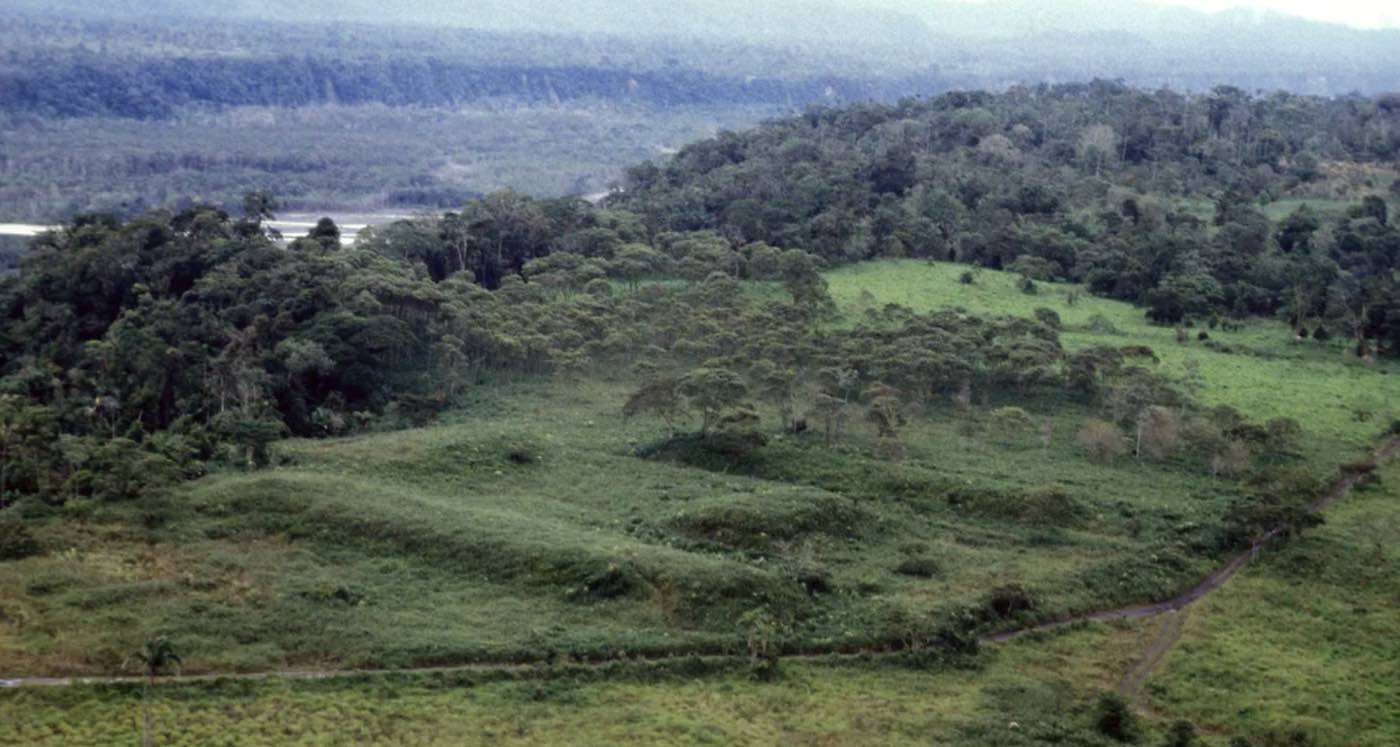Astronomers Detect Oldest Black Hole Ever Observed Dating 'From the Dawn of the Universe'
GN-z11 is a compact galaxy, about one hundred times smaller than the Milky Way, but the ancient black hole is likely harming its development.

Another ancient and lost city has been identified by archaeologists working with LiDAR in the Amazon Rainforest—with this most recent society dating as far back as the Greco-Persian Wars of Ancient Greece.
Located in Ecuador's Upano Valley on the eastern side of the Andes Mountains, the area's vast civilizational footprint had been surveyed and excavated in places going back 20 years before the government employed LiDAR to determine the scope of the city(ies) once and for all.
Published last week in the journal Anthropology, the researchers identified 6,000 earthen platforms across an area of 100 square miles. In their current theories, the researchers divide the society's works into 16 different settlements connected by a series of sophisticated roads that were wide and straight.
Since the advent of laser radar systems like LiDAR (light detection and ranging) in archaeology, the Amazon Basin, once considered a dead-end street for the locating of worthwhile sites, is now the single-most exciting place on Earth, with evidence of lost civilizations appearing under the trees spanning thousands of years of history and at a level of sophistication that no one believed to be possible.
It now shows that, during certain centuries, the Amazon's poor soil and seemingly impenetrable jungle may have been home to millions of agrarians capable of brilliant displays of organization and engineering.
At the moment, little is known about the people who inhabited this land 2,500 years ago. They were agrarian for certain, evidenced by the agricultural terraces and drainage ditches, and probably grew maize and sweet potatoes.
"Scientists are demonstrating conclusively that there were a lot more people in these areas, and that they significantly modified the landscape," said Christopher Fisher, an archaeologist at Colorado State University who has done similar work but not at Upano, told Science News.
"This is a paradigm shift in our thinking about how extensively people occupied these areas."
According to a statement released by the researchers from Ecuador and the French National Center for Scientific Research, this 2,500-year-old society constitutes the earliest and largest low-density agrarian urbanism documented in the Amazon thus far. Such extensive early development in the Upper Amazon resembles similar Maya urban systems in Central America.
"Such a discovery is another vivid example of the underestimation of Amazonia's twofold heritage: environmental but also cultural, and therefore Indigenous," writes lead author Stephan Rostain and his colleagues. "…we believe that it is crucial to thoroughly revise our preconceptions of the Amazonian world and, in doing so, to reinterpret contexts and concepts in the necessary light of an inclusive and participatory science."
LiDAR has uncovered sites of similar importance in Belize, Mexico, Bolivia, and Brazil.
SHARE This Paradigm Shift with Your Friends Interested In Ancient History…
Be the first to comment